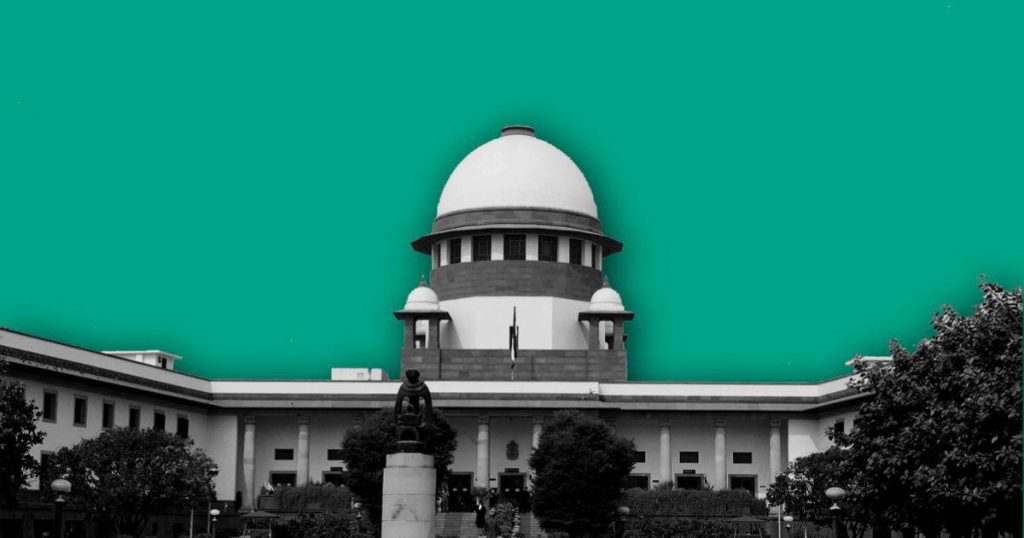
Intellectual Property (IP) refers to an intangible item that is created purely through the use of one’s mind. It includes the products that come into existence through human intellect such as innovations, designs, artistic and literary work, names, scientific works, and so on. Intellectual Property Rights (IPR) are the rights that are conferred upon the person who is the creator/owner of some intellectual property.
It is immensely important to promote intellectual property because there is a need to protect the creation and innovation that occurs authentically through a person’s mind. IPR provides legal protection to such new creations and ensures that more IP is generated by people, with them knowing that they will get proper credit for it and no one else will benefit from their hard work. A just and efficient system of IPR acts as a catalyst for the development of various sectors of the economy and ultimately boosts the growth of the country.
Components of Intellectual Property and the Laws governing them
After India became a signatory to the Agreement on Trade-Related Aspects of Intellectual Property Rights (TRIPS) in 1995, several new laws were enacted in order to ensure the security of intellectual property and to fulfill international obligations. Among them were the following: The Trademarks Act, of 1958 was replaced by the Trademark Act, of 1999; the Designs Act, of 1911 was amended and renamed the Designs Act, of 2000; the Copyright Act, of 1957 was revised several times, most recently in 2012; and the Patents Act, 1970 was revised and renamed the Patents Act, 2005.
- Patents
A patent is an exclusive right bestowed upon the creator of a new and useful product, method, or process that solves a technical problem in an inventive way. From the initial filing of an application through the final granting of a patent, The Patent Act, 1970 lays out in great detail the steps to be taken.
- Copyright
Copyright refers to the legal protection provided to authors and other creative individuals. The terms “literary right” or “author’s right” is another name for a copyright. An author’s copyright protects his or her work from being stolen or used in any way without permission. Copyrights in India are protected by the Copyright Act, 1957.
- Trademarks
A trademark is used to distinguish one company’s products from those of another. A trademark can range from a single letter to a complex logo, symbol, design, series of numbers, or even the shape of a product’s packaging or label. Trademarks are protected by the Trademarks Act, 1999.
- Designs are governed by the Designs Act, 2000, and geographical indications (GI) are protected under the Geographical Indications of Goods (Registration and Protection) Act, 1999.
Developments in the field of Intellectual Property

Publication of the Intellectual Property Rights Division Rules, 2022 of the Delhi High Court.
On 24th February 2022, the Delhi High Court published the Intellectual Property Rights Division Rules and the High Court of Delhi Rules Governing Patent Suits, which regulate the functions and procedures of the Intellectual Property Division. The Delhi High Court established this division in July 2021 after disbanding the Intellectual Property Appellate Board.
Traditional Knowledge and all associated rights under common law, privacy, and publicity tort actions that involve intellectual property issues, data exclusivity issues, and data protection issues at the intersection of intellectual property are all considered “Intellectual Property Rights (IPR) subject matter” under the IPD Rules.
The IPD Rules very clearly highlight the myriad disputes coming up in the courts, in regard to IPR and it reflects well on the part of the Delhi High Court, which has started shaping IPR jurisprudence and has recognized it in a holistic sense.
The report was presented on ‘Review of the Intellectual Property Rights Regime in India‘ to both Houses of Parliament.
On 6th April 2022, the Department Related Parliamentary Standing Committee (DRPSC) on Commerce, chaired by Shri V. Vijayasai Reddy, Member of Parliament for the Rajya Sabha, presented to both Houses of Parliament its 169th Report on Action Taken by Government on the recommendations/observations of the Committee contained in its 161st Report on ‘Review of the Intellectual Property Rights Regime in India.
The report emphasized all of these points, including the promotion of financing and commercialization of intellectual property assets within the country, taking aggressive actions against counterfeiting and piracy, and actively coordinating between enforcement agencies and administrative functions for the purpose of effectively addressing IPR issues. These recommendations were essential because they outlined a clear path for India to take in the direction of enhancing the legal framework governing intellectual property rights (IPR).
The target of training 1 million students on Intellectual Property (IP) awareness was achieved by National Intellectual Property Awareness Mission (NIPAM)
The end date of the National Intellectual Property Awareness Mission (NIPAM) was August 15, 2022; however, it ended two months early on July 31 after teaching IP concepts to one million students. On December 8, 2021, as part of the “Azadi Ka Amrit Mahotsav,” the National Intellectual Property Awareness Month (NIPAM) officially began. The Intellectual Property Office, which is part of the Ministry of Commerce and Industry’s Office of the Controller General of Patents, Designs, and Trademarks (CGPDTM), was in charge of carrying out the program.
Judicial Decisions on Intellectual Property Rights

Groz-Beckert KG v. Union of India & Ors.
Facts – Groz-Beckert KG, the appellants, filed a request for registration of their invention, a “Head for processing Tape-Shaped material and technique for the manufacture thereof.” However, the application was denied by the Assistant Controller of Patents and Designs.
Judgment – The Calcutta High Court held that the Test of Inventiveness must be applied while determining the patentability of an invention as a whole and that a patent application cannot be divided into separate elements for registration.
M/s Knit Pro International v. The State of NCT of Delhi & Anr.
Facts – M/s Knit Pro International filed an application with the Chief Metropolitan Magistrate under Section 156(3) of the Code of Criminal Procedure, 1973, accusing the defendant of infringing Sections 51, 63, and 64 of the Copyright Act, as well as Section 420 of the Indian Penal Code. By order dated October 23, 2018, the CMM approved the application and authorized the filing of the FIR. The Delhi High Court heard the matter and ruled that a violation of Section 63 did not constitute a crime.
Judgment – The appellants approached the Hon’ble Supreme Court thereafter, which ruled that an offense under Section 63 was is a cognizable offense and non-bailable offense. The Supreme Court made this observation in light of this provision because Section 63 of the Copyright Act says that a punishment “may extend to three years of imprisonment”. The Criminal Procedure Code considers a crime as cognizable if the accused person can face a maximum possible punishment of three years in prison for committing the crime. The authorities do not consider an offense cognizable if the maximum sentence for the offense is less than three years. In its review of Part II of the First Schedule to the Criminal Procedure Code, the Supreme Court did not find any areas of ambiguity or misunderstanding.
ITC Ltd v. Central Park Estate Private Ltd.
Facts – In the late 1970s, the ITC Maurya Hotel’s main restaurant began utilizing the brand “BUKHARA” to differentiate itself from competitors. Since 1985, trademark registrations for the word mark and logo “BUKHARA” have been filed in India. The defendants’ usage of the name “BALKH BUKHARA” for their restaurant enraged the plaintiff who claimed that the word “BUKHARA” had become a well-known trademark. Furthermore, the plaintiff learned that the defendants had registered the marks “BALKH BUKHARA RESTAURANT” and the “BALKH BUKHARA” logo on a planned-to-use basis, with the defendants beginning to use the mark in 2022.
Judgment – Based on Section 2(zg) read with Section 11(2) of the Act, the court determined that the mark “BUKHARA” qualified as a famous trademark. The Court also ordered the Trademark Registrar to include the ‘BUKHARA’ mark in the official registry of “well-known trademarks.”
Conclusion
Intellectual property rights have grown in importance in India over the last two decades, to the point where they now account for a sizable percentage of the country’s GDP. The rules and regulations governing intellectual property rights (IPR) in India have been in place since the country’s independence; however, amendments brought them up to date and modernized them in about the middle of the 1990s. Today’s commercial and business transactions are impossible to conduct in the absence of adequate intellectual property rights protection.
In a country like the United States, where there is a lot of competition, intellectual property rights protection promotes honest economic practices and new ideas. As a result of this circumstance, India has ratified a number of treaties and conventions aimed at protecting intellectual property.
In view of recent judicial decisions and other measures, it is clear that India is moving towards an economy that provides strong intellectual property protection. While it is true that India has taken some steps to strengthen its intellectual property rights, much more work remains to be done. With the recognition and attention IP Law has received from the Delhi High Court, and the Hon’ble Supreme Court and has started to get from all the other High Courts and forums globally, it is sure that Intellectual Property is a field that will go on to become one of the most complex, diverse and sought after topics in the world of law.